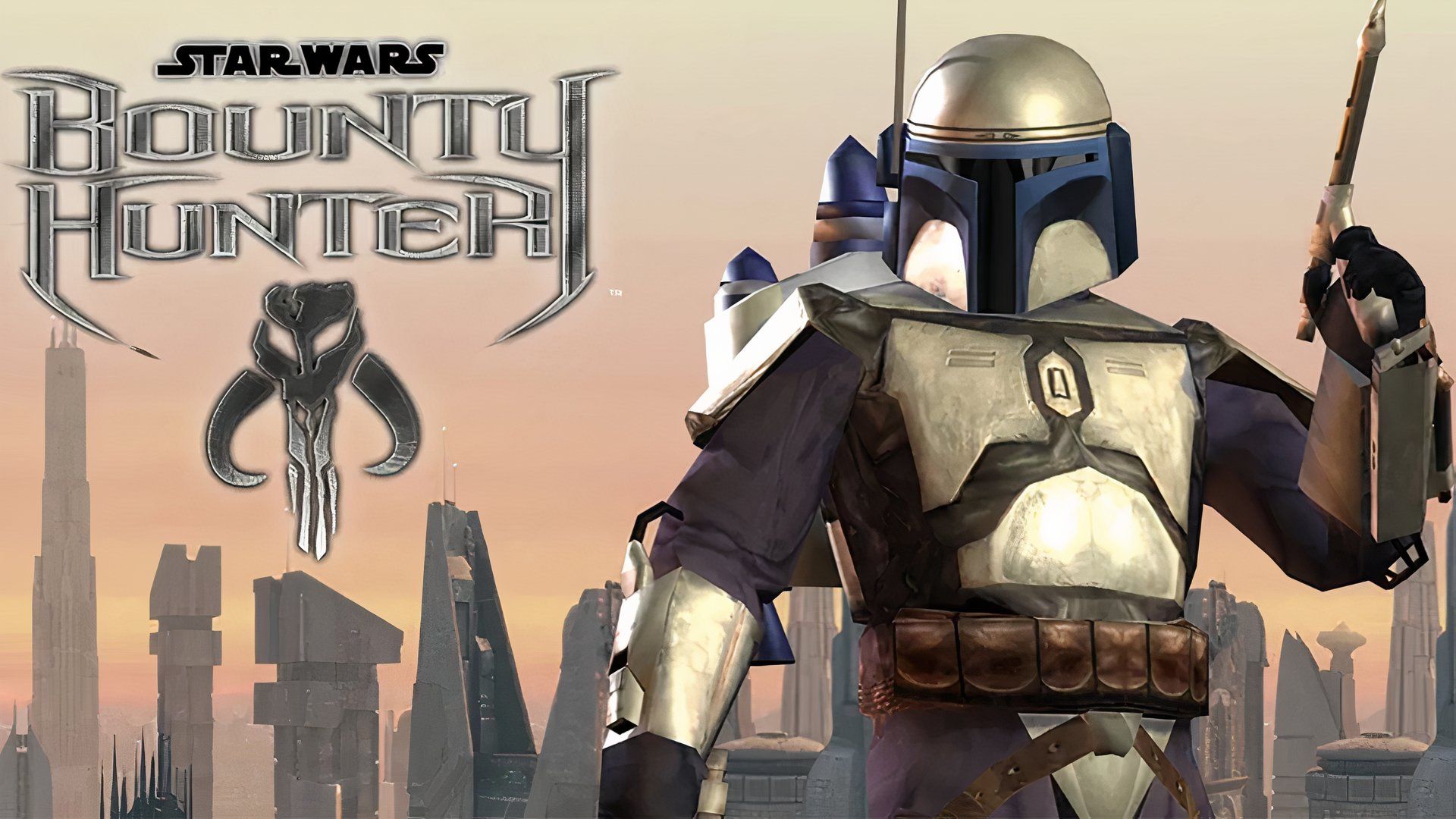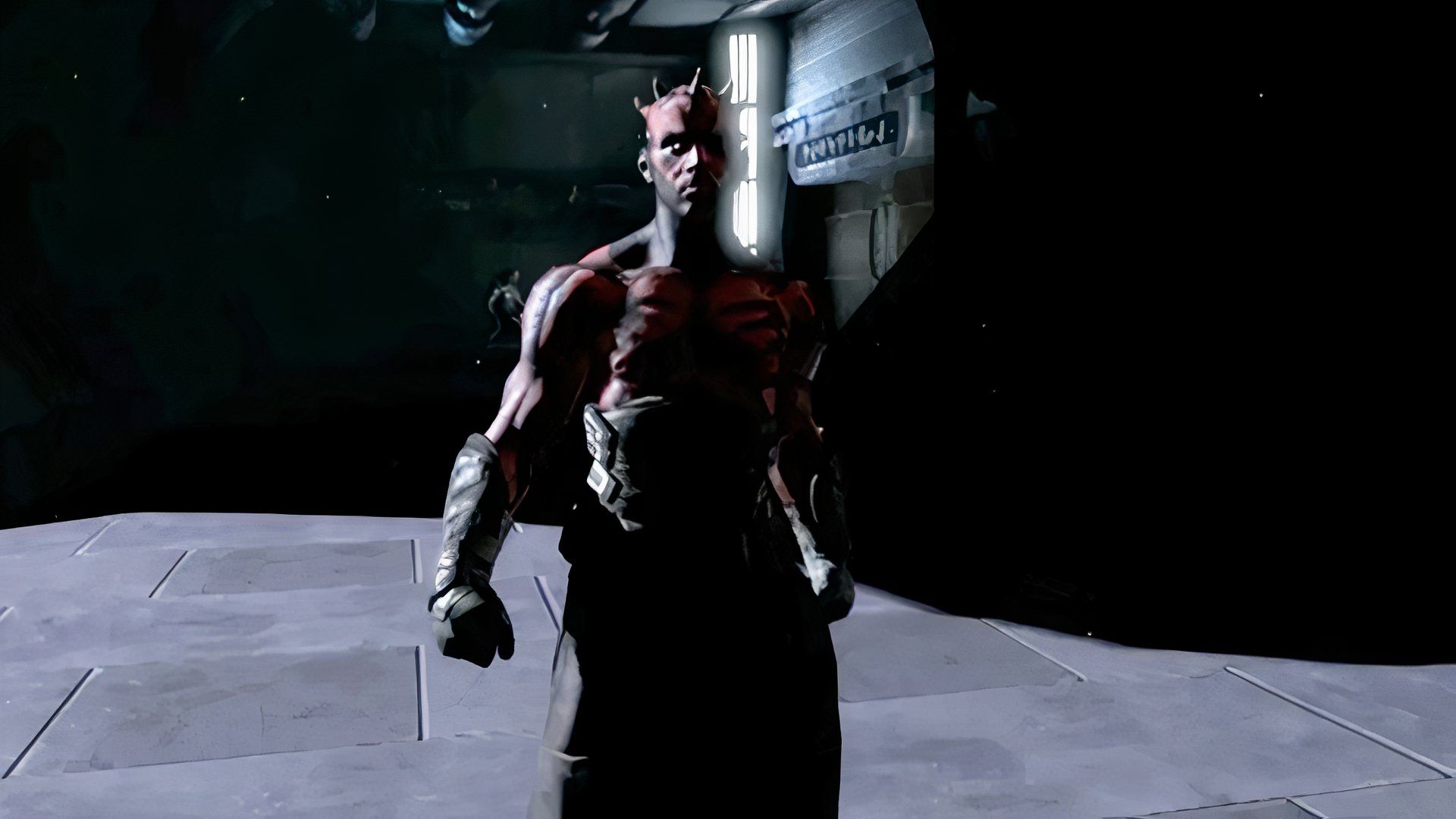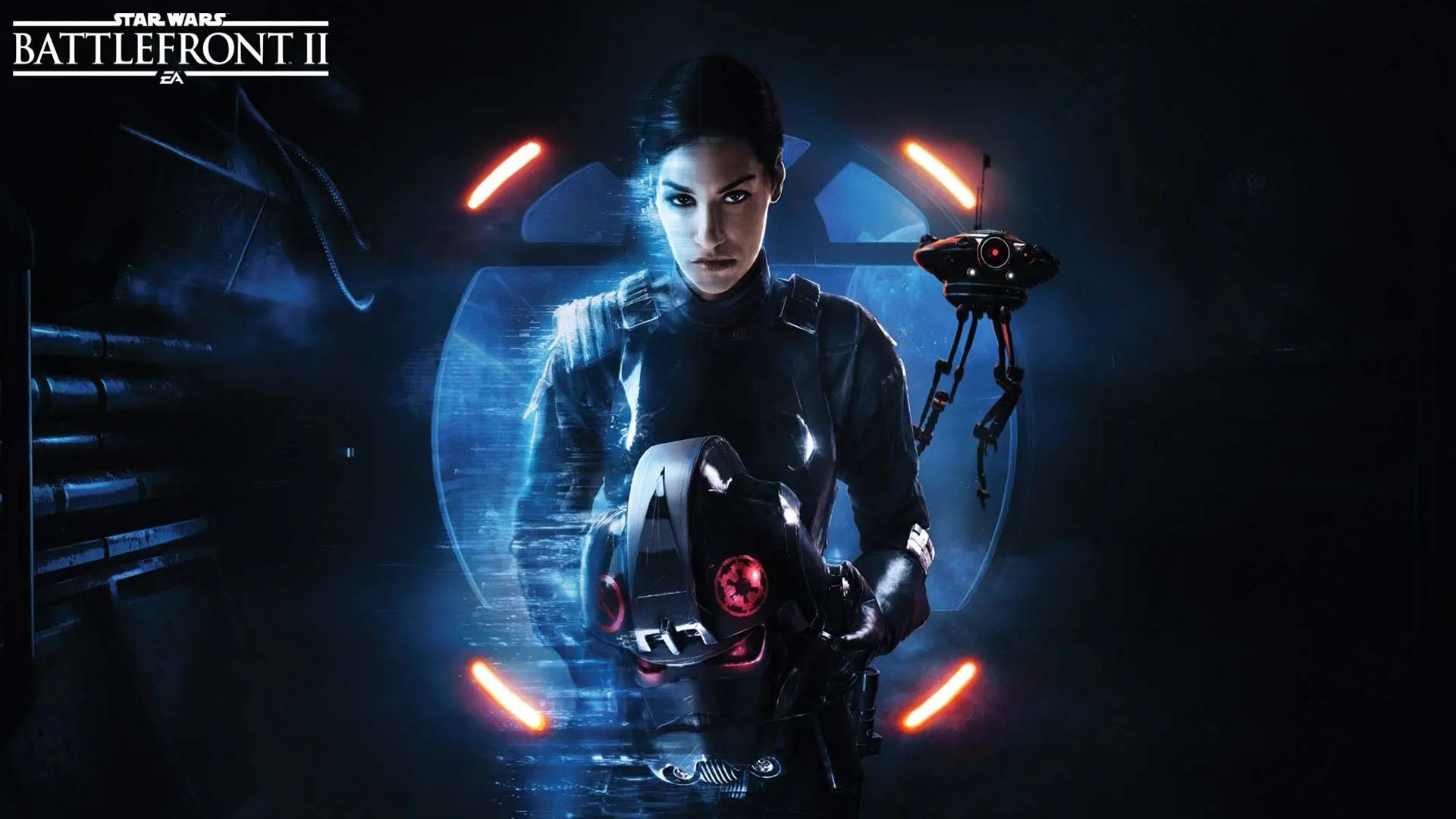Star Wars is a franchise that has connected with people across multiple generations. And because of that, there have been many different video games that take place in a galaxy far, far away. But over the past 50 years that Star Wars has entertained fans around the world, there was a period of time that was considered a golden age of Star Wars game releases, which showcased an immense level of passion and creativity.
But like any other golden age in our history, it did not last. Big changes within the entertainment industry caused monumental shifts for the franchise, and Star Wars fans would be left reminiscing about the fun they had with Star Wars games by Lucasarts, before the dark times. To them, it simply did not get any better than that golden age of Star Wars video games, where the galaxy felt bigger with almost unlimited possibilities of creativity and fun.
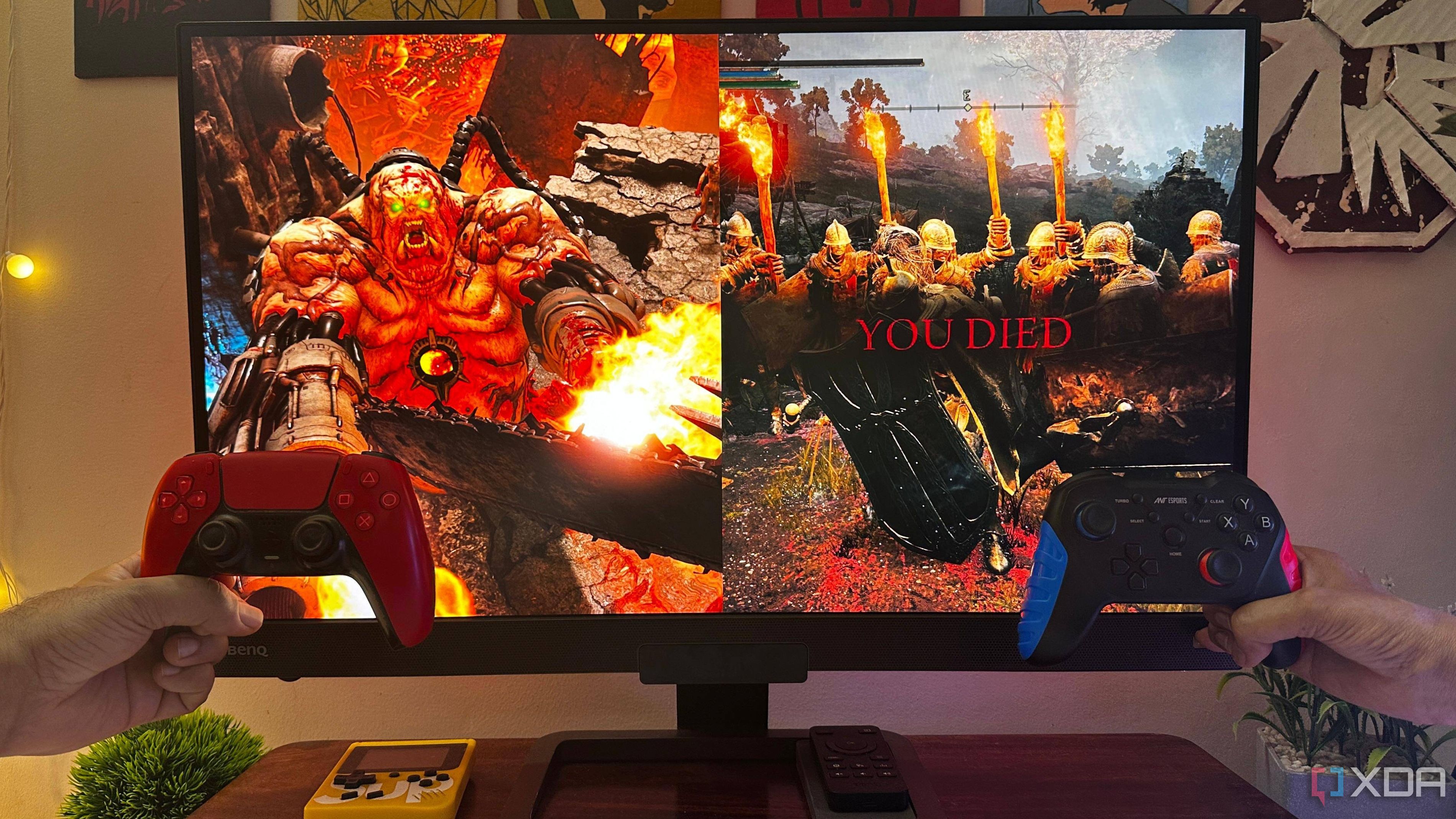
Related
5 video game rules I thought were universal until I taught them to my partner
Teaching my partner to game from scratch reminded me how much knowledge gamers take for granted.
An Expanding Universe
Games going beyond the movies
There have been Star Wars games released before the 1990s, with many of them being present on PC and home consoles like the Atari 2600. But the beginning of the golden age did not start until around 1996, after the releases of the original trilogy films and the growth of technology in homes. Video games started providing better experiences for players with new worlds and stories rendered in the third dimension. Prior to this, games like the Super Star Wars trilogy were popular on the Super Nintendo, while PC users got to have fun with Star Wars X-Wing and Rebel Assault. It was also an era where Star Wars fans had a barrage of stories in books and comics set outside the films they loved, calling it the Expanded Universe.
But in 1996, the Nintendo 64 saw the release of Star Wars: Shadows of the Empire. Not only was this a significant release for the console as one of its launch window titles, but it was part of a marketing blitz that incorporated multiple pieces of multimedia. It was a movie-like event without a movie, telling a story set in-between two of the original Star Wars films.
For gamers, however, this was one of the first Star Wars games to render 3D environments that you could traverse in a big way, including the first 3D version of the Battle of Hoth from The Empire Strikes Back. To many, Shadows of the Empire gave fans a new story and character to follow that was an offshoot of the very best that Star Wars had to offer, showcasing the possibilities of what could be in the years that followed.
A few years later, the Nintendo 64 would receive Star Wars: Rogue Squadron, much to the delight of Star Wars fans. This was a flight action game set after the events of Episode IV: A New Hope, where players took control of Luke Skywalker in a number of different starships and completed missions for the Rebel Alliance. The game was focused on arcade action more than the story, but heavily catered to the fantasy of piloting one’s own starship, but in a more streamlined way compared to the X-Wing and TIE Fighter games on PC. The story that was there did give more details about the time between the first and second Star Wars films, letting fans team up with the different members of Rogue Squadron as the war against the Empire continued.
The game was originally inspired by the Battle of Hoth stage from Shadows of the Empire, which to many was an easy to play, yet exciting stage that was finished all too soon. Rogue Squadron would be the first in a series of releases that would continue the arcade flight action in subsequent sequels, as well as another release for the Nintendo 64 that was similar, titled Star Wars Episode 1: Battle for Naboo in 2000.
Other games of the era that made a significant impact were the Jedi Knight games, which started with Star Wars: Dark Forces in 1995. While the first game played very similar to first-person shooters of the time, specifically DOOM on PC, the sequels given the Jedi Knight title took things even further. Players were introduced to a new character named Kyle Katarn, who would go on to be one of the most popular characters in the expanded universe, as well as the Star Wars Legends continuity.
The games themselves would build upon the idea of first-person shooting mechanics and eventually wielding a lightsaber. Other parts of the expanded universe are also factored into the series, including the ability to play as Mara Jade from the Star Wars: Heir to the Empire book series in an expansion called Mysteries of the Sith. The diversity of stories and characters that fans could follow was abundant, as well as the kinds of games that were available to play.
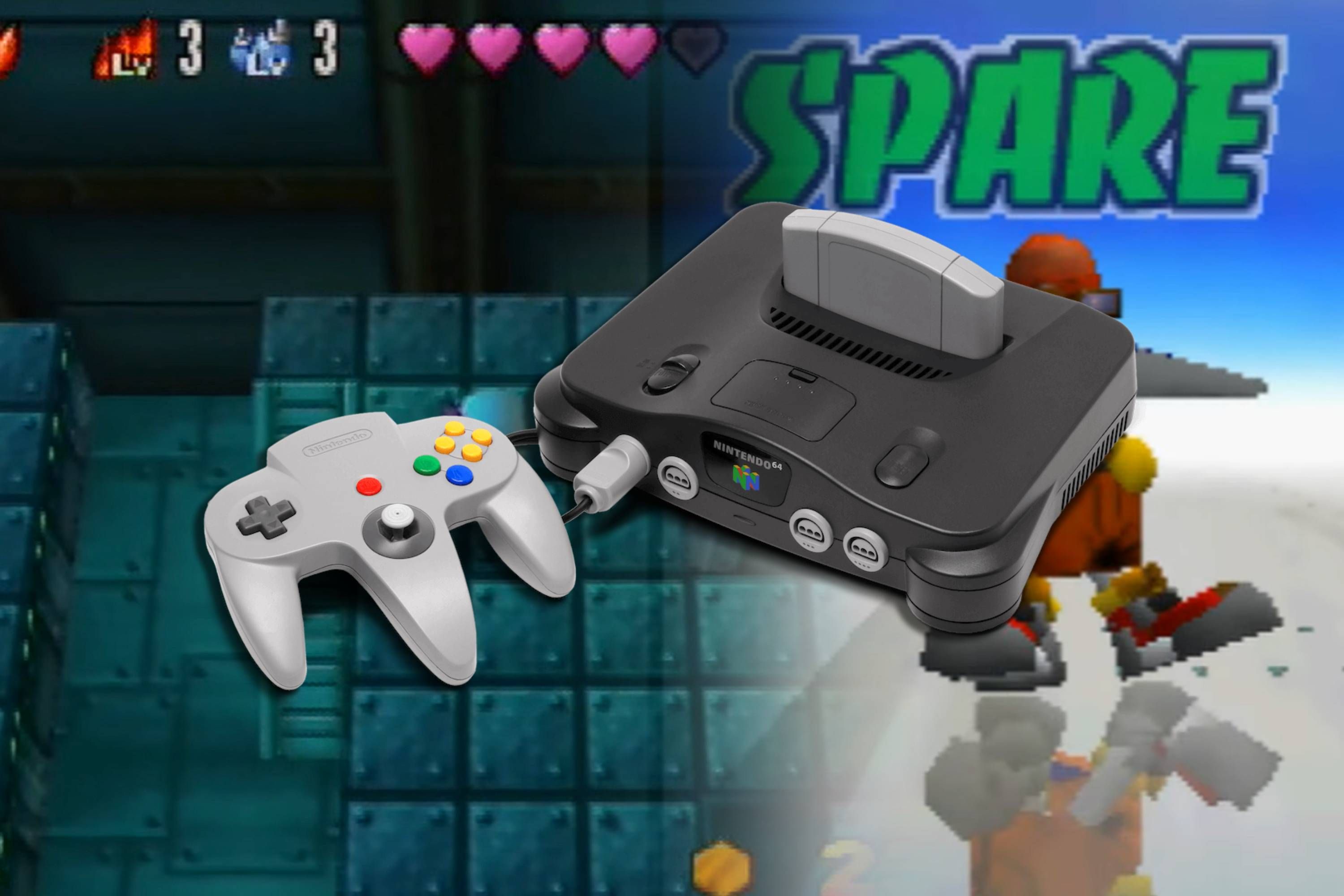
Related
The 5 rarest Nintendo 64 games you’ll probably never own
These are the Nintendo 64 games that are so rare, you may never get to own them!
The Rise of the Republic
The prequels begin
When the Star Wars prequel films began to come out in theaters, that’s when things started heating up for the Star Wars games released by Lucasarts. A variety of games were developed for multiple platforms under the Star Wars banner, capitalizing on the excitement fans had for the prequel movies. While not every game was a big hit, there was a wide array of options to pick from, ranging from shooting games to action platforms and more. Although parts of the original trilogy were still present in some games, much of the focus was put on experiences that delved into the prequel era following the release of The Phantom Menace and Attack of the Clones in theaters.
In 1999, following the release of The Phantom Menace in theaters, Nintendo 64 owners were able to pick up Star Wars Episode 1: Racer. This was a game that centered only on the podracing portion of the movie, letting players race in their own podracer unit on various tracks. The game was similar to other racing games on the console, but kept things at a fast pace to keep in line with the high-octane tension of the podracing scene from the movie.
The tracks featured in the game were locations from The Phantom Menace, including the Mos Espa track on the planet Tatooine. A few years later, a sequel to the game titled Star Wars Racer Revenge was developed for the PlayStation 2, while the original game was also ported to the Sega Dreamcast and PC. Unfortunately, not many games were made with a focus on podracing, with the only other game to do so being Star Wars Racer Arcade released for arcade locations in 2000.
Alongside that, a game based on Star Wars Episode 1: The Phantom Menace was released for the PlayStation in 1999, but it wasn’t the game people enjoyed the most. The following year, Episode 1: Jedi Power Battles brought the lightsaber action to homes. It gave everyone the chance to play as their favorite Jedi characters from the movie, and team up together to fight legions of battle droids during the events of the film. It was action-packed with an arcade approach that was replayable many times over, and included a number of unlockables that Star Wars fans loved to see. For many, this was the definitive Episode 1 game to pick up for the PlayStation, which would also be ported to the Sega Dreamcast. Another version of the game was released for the Game Boy Advance, but it was an entirely different game compared to its console counterpart.
But The Phantom Menace wasn’t the only one to see games released during this time. Episode 2: Attack of the Clones had multiple games that took place around the events of the film, focusing on the stories of the Clone Wars. Home consoles never got a game based on the movie itself, but Star Wars fans got to know more about the bounty hunter Jango Fett in Star Wars Bounty Hunter.
Set before the events of Attack of the Clones, the game was a third-person action game that told the events of how Jango Fett became the template for the clone army, as well as how he met some key characters from the movie. It was a different perspective for a Star Wars game, where we got to see things from the point-of-view of a simple character that wasn’t aligned with the good guys as they made their way through the galaxy. While most Star Wars titles let you fight on the side of good with the Jedi, Bounty Hunter puts you into the underworld to deal with the wretched hive of scum and villainy.
Greatest Games in the Galaxy
The saga is finally complete
The highest point in the golden age of Star Wars video games was in the early 2000s, around the release of Episode 3: Revenge of the Sith. This was the time when many iconic Star Wars games were released, and take the franchise in new directions that many fans swear by to this day. Some releases would still ride the wave of excitement from the final prequel film hitting theaters, while others would try to show a side of the galaxy that was never truly explored.
he diversity of genres for Star Wars games was at an all-time high, where fans had an ensemble of games to play that would go on to be legendary in the years that followed.
This was the period where games like Star Wars: The Force Unleashed, Republic Commando, Empire at War, and many other big game releases enticed audiences into different parts of the Star Wars universe. But there were some games that shined brighter than others when they hit the market.
The official Revenge of the Sith game released on the PlayStation 2 and original Xbox would push hype levels over the edge. The game came out just before the movie hit theaters, giving everyone a peak at what to expect on the big screen. However, Revenge of the Sith The Game surprised Star Wars fans with how much content there was, including additional scenes that weren’t in the movie itself. Players could go through the events of the movie either alone or cooperatively with a friend, but there was also a lightsaber duel mode and bonus missions that focused on different characters.
While taking control of either Anakin Skywalker or Obi-Wan Kenobi, fans were able to cut down legions of droids and come face-to-face with destiny in tense lightsaber battles. To date, this remains the best Star Wars video game officially based on one of the films.
Even with Revenge of the Sith dominating the zeitgeist back then, other Star Wars games still tried new ideas. The Star Wars Battlefront series is among the highly praised Star Wars games of the era, having players take on the role of foot soldiers during the iconic battles from the films and deciding their outcome. The first Star Wars Battlefront was released in 2004 after the release of Attack of the Clones, while it’s sequel Battlefront II came out just before the theatrical release of Revenge of the Sith.
Both games let players fight in iconic locations, letting them take to the front lines to fight head-on or pilot ships to bring with them into battle. The games became highly popular, with many fans playing online over Xbox Live. Star Wars Battlefront II became the more beloved of the two, most because it offered more maps, more units to control, and the ability to play as an ensemble of heroes and villains from the movies.
For many fans at the time, Battlefront II further enhanced the excitement of seeing Revenge of the Sith in theaters, since it featured locations from the movie that nobody had seen before. Even today, Star Wars fans still consider this as one of the best Star Wars games ever made.
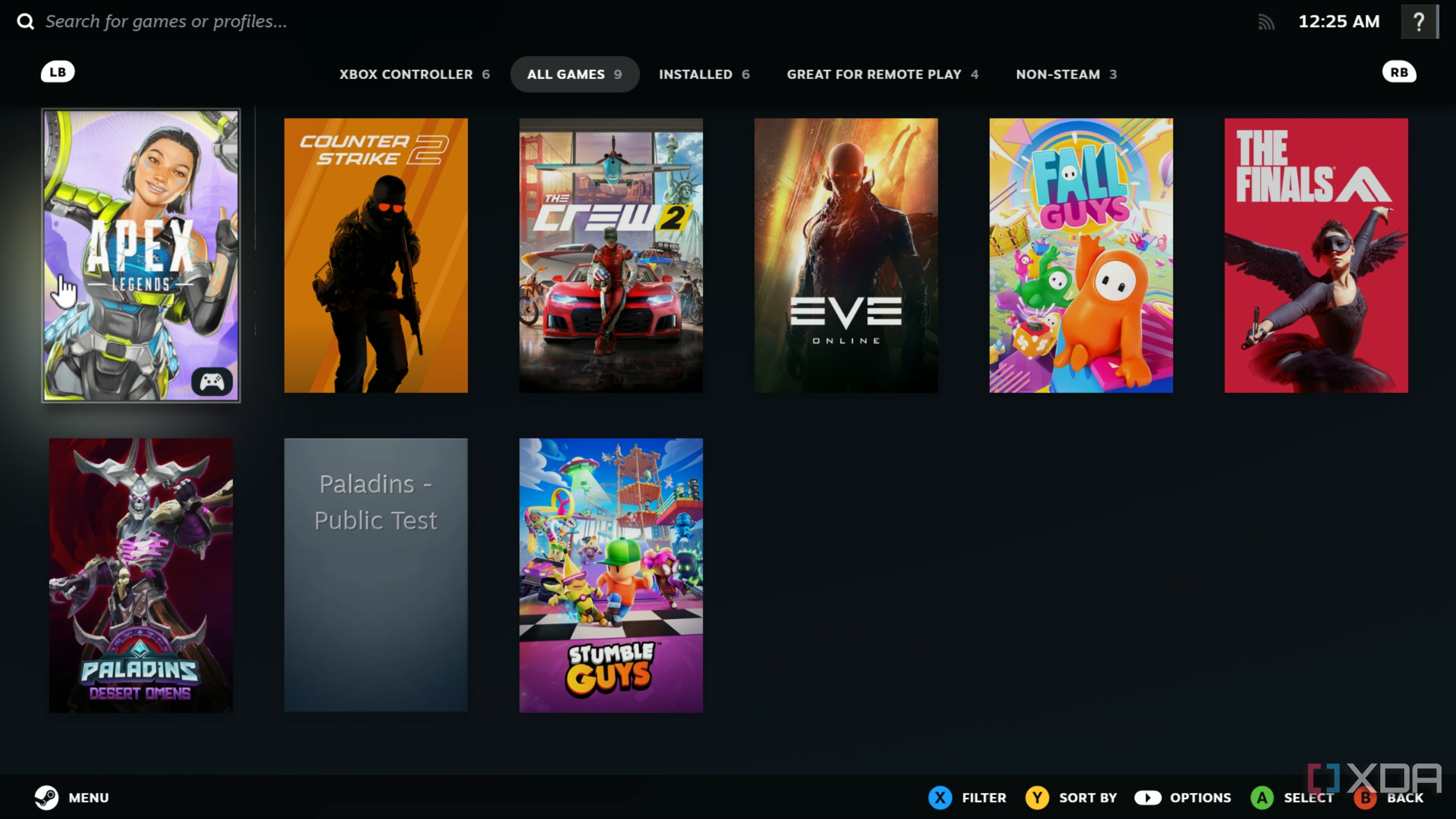
Related
10 best first-person shooters that are free to play on Steam
Looking for a free-to-play FPS on your PC? You should check out these 10 games.
But Star Wars games continued to take steps into the unknown set after Return of the Jedi. The Jedi Knight series received two more sequels following the Jedi Knight: Mysteries of the Sith expansion on PC, Jedi Knight II: Jedi Outcast and Jedi Academy. The former was a direct sequel that followed Kyle Katarn once again in a brand-new story, while the latter let players create their own character for an original story set after Jedi Outcast. Both games had lightsaber combat that many highly praised, despite the first-person shooting mechanics being somewhat difficult.
The Jedi Knight sequels would be well-received on the Xbox and Nintendo GameCube, and would later be ported to additional platforms.
Both games would also become the templates for some of the best Star Wars mods shared online, enabling modders to create new experiences based on the Jedi Knight game engine. Star Wars Movie Duels would be a standout mod for PC users, which used Jedi Academy as a basis to recreate every major encounter from the entire Star Wars franchise, including the movies and spin-off shows.
One of the most beloved Star Wars games was also released around this time for the original Xbox, made by one of the most beloved RPG developers of the era. Star Wars: Knights of the Old Republic, developed by Bioware, would take players back 4,000 years into the past before the events of the movies. The game would focus on the days of the Old Republic where the Jedi and Sith were at war for control of the galaxy. This not only gave a new era of Star Wars fans to experience, but gave them a story with highly developed characters and new locations to explore.
The gameplay followed a similar approach to classic Dungeons & Dragons, with combat that was round-based and could be paused to develop strategies. But the customization of the player’s character, who is known as Revan, was very detailed and opened up a lot of personalization.
An alignment system tracked the actions of the player throughout the story and changed the outcomes of plot points, while an assortment of equipment and weapons made the complex battle system even deeper. Knights of the Old Republic received a direct sequel a year following its release, which further expanded upon the Old Republic lore with a new story, but it wasn’t as highly praised as the original.
Empire’s End
The Lucasfilm buyout changes everything
Towards the end of the 2000s, fans were pretty happy with the state of Star Wars games. There were plenty of games coming out that were interesting and fun to play. But nothing could prepare anyone for the sudden shift that came in October 2012, when Disney purchased Lucasfilm and the entirety of the Star Wars brand. This marked a major turning point in the entertainment industry, which had a trickle-down effect on Star Wars video games that were in development. This marked the point where everything changed.
Shortly after the Disney purchase of Lucasfilm was cleared, multiple Star Wars game projects in development were halted. Planned sequels to games like Knights of the Old Republic and The Force Unleashed were ultimately canceled before development really kicked into gear. At the same time, other Star Wars games already in the process of development were also canceled before they could be completed. Just before the acquisition took place, one of the biggest ones that got away was Star Wars Battlefront III, and its planned sequel was also canceled. While Battlefront III was in the final stages of its development, Battlefront IV had only just gotten into the concept phase, with ideas for the game still being fleshed out. Years later, the unfinished yet playable console version of Battlefront III would be shared online with fans, giving them a look at what Battlefront III could have been.
Source: Red Gly Studio
Another major cancelation that was linked to the Disney-Lucasfilm acquisition was a Darth Maul action game titled Battle of the Sith Lords, developed by Red Fly Studio. The game was shelved in 2011 just before the buyout, but outlets like Game Informer were able to capture footage of the game running on PC units. Battle of the Sith Lords would have focused on Darth Maul during the events after Episode 1: The Phantom Menace, and would have introduced other expanded universe characters like Darth Talon as part of the story. While attempts to revive the game were reported as far back as 2015, Lucasfilm repeatedly confirmed that they had no plans to revisit the concept.
Much like Battle of the SIth Lords, another major casualty from the massive change at Lucasfilm was Star Wars 1313. This was a third-person action game being made by Lucasarts and would have been focused on the bounty hunter Boba Fett traversing the planet Coruscant. At the time of its announcement, many compared its gameplay to that of the Uncharted series, where big set pieces would be part of the action unfolding on screen, along with shootouts and platforming. Much like Star Wars: Bounty Hunter, the underworld and bounty hunters would have been a big part of the story. Development of the game ceased when Lucasfilm was purchased by Disney, and has since been on an indefinite hold with no plans by Lucasfilm to resume development.
But this doesn’t mean Star Wars games weren’t made after the acquisition. Electronic Arts came to a deal with Disney to have the exclusive license to release Star Wars games. This led to the release of EA’s Star Wars Battlefront and Battlefront 2, which were a reimagining of the Battlefront series from the early 2000s. However, both games received massive criticism from fans for a variety of reasons. Chief among the scrutiny was the lack of single-player content in the first game, while Battlefront 2 was criticized for its heavy emphasis on loot box microtransactions.
While both EA Battlefront games were praised for their highly detailed visuals and large-scale battles online, the cons did not outweigh the pros for many Star Wars fans.
And the sad part was that no other studios could develop their own Star Wars games to provide an alternative. This was a dark time for longtime fans of Star Wars games because it signaled the end of a golden era, and it was a long while before things would eventually change again.
The Force finally reawakens?
For many Star Wars enthusiasts, things will never be as good now as they were before. But that doesn’t mean the reception of new Star Wars games won’t return to what it once was. As the exclusivity for Electronic Arts finally waned and came to an end in 2023, more games that were creative and intriguing finally began to emerge once again. Games like Jedi Fallen Order from Respawn Entertainment gave everyone a new hope for the future. And from there, other titles were in development by other studios, each with their own approach to exploring the Star Wars galaxy in new and interesting ways. Star Wars Outlaws from Ubisoft gave us the opportunity to traverse planets, Quantic Dream promised to take fans into the High Republic with Star Wars: Eclipse, and other aspects of the Star Wars universe would be revealed by companies such as Skydance Studios and Bit Reactor.
For once in a long time, fans can feel like the anticipation of new Star Wars games is exciting again. Things are very different now, and that era of Star Wars history has long passed. Yet the future is looking brighter in a galaxy far, far away that has longed for the arrival of a new golden age.

Related
Here’s why I’ll always be a console gamer at heart
No matter how much everything may change with gaming, I’ll always be a console gamer at heart, and here’s why.



